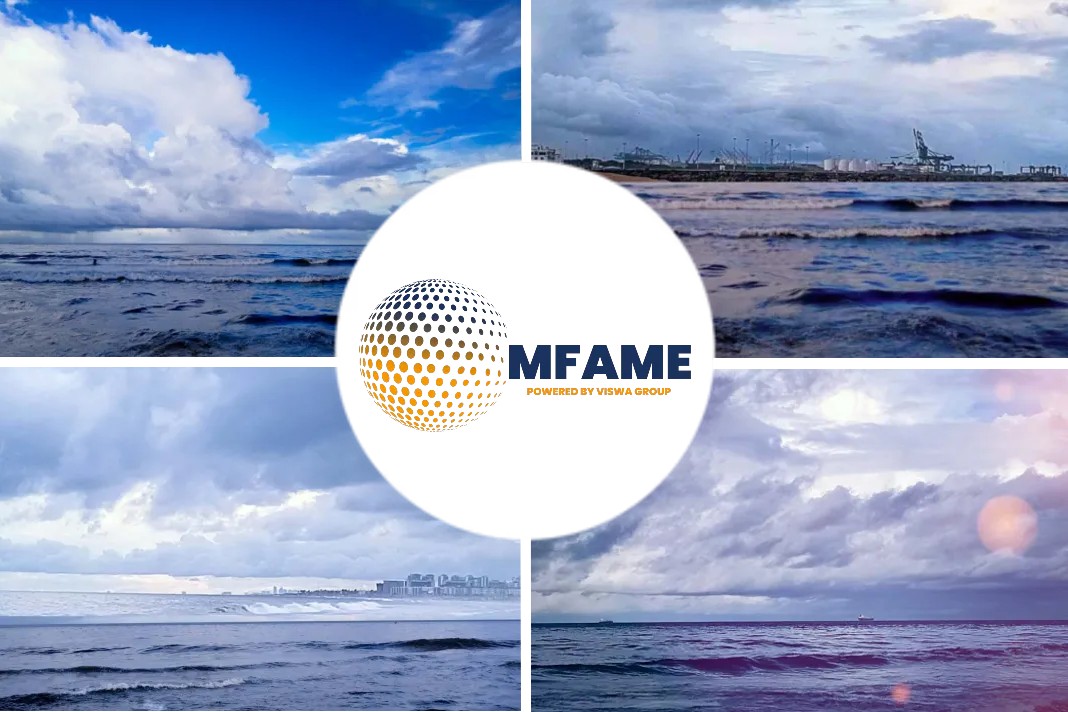
- Ships are among the world’s biggest polluters.
- To replace them means finding alternatives to traditional diesel engines.
- With climate change at the forefront of the industry’s mind, companies are testing the waters with game-changing solutions.
You might think a cargo sailboat is something out of a history book, but in fact, they are actually the result of years of cutting-edge research and development. French company “Grain de Sail” claims to have created the first modern sailboat that meets the merchant fleet requirements.
Sailboat Technology
“Before steam engines and fuel engines existed, all transportation was by sail. But we used modern methods when designing this ship to make it much more efficient,” says Xavier Demeulenaere, regional director of Grain de Sail ahead of the crew’s transatlantic journey. The company that makes chocolate and coffee from Latin American beans built its sailboats from scratch with sustainability in mind — like its specially designed 50-tonne cargo hold with climate control powered by solar and wind energy.
François Le Naourès, a sailor and crew member says: “We showed [our methods] to be economically viable, and we are ready to go even further into the future, with perhaps a much larger fleet of boats, we hope.”
Electric Ferries of Norway
Passenger boats however need to go fast and can’t rely on wind energy alone. In Stavanger, Norway’s “capital of oil”, ferry services are saying goodbye to fossil fuels. Celebrated as the “Ship of the year”, the Medstraum is the world’s first 100% electric high-speed ferry. The batteries are safely arranged above the deck, powering two electric motors. The ship doesn’t need to rely on fossil fuels as a backup. It’s also much smaller and more compact than a diesel engine. The ferry can easily handle a 90-minute, multi-stop commuter route between Stavanger and the nearby islands. It carries 150 passengers and has space for bicycles, all while offering a smooth, noiseless, and sustainable ride.
“When we use electric motors, it’s much faster to start. It’s like a car. It’s no problem to be on time, because we have the power and the speed, so it’s easy,” says ferry captain Arnulf Bie. A lot of people who work in Stavanger live on nearby islands. Beforehand, they had to choose between slow ground transportation and fast, polluting vessels. This technology is going to be really helpful for meeting Norway’s increasingly strict environmental regulations, which require all future ferries to be zero and/or low-emission.
Did you subscribe to our newsletter?
It’s free! Click here to subscribe!
Source: Euronews























Your point of view caught my eye and was very interesting. Thanks. I have a question for you.
Thank you for your sharing. I am worried that I lack creative ideas. It is your article that makes me full of hope. Thank you. But, I have a question, can you help me? https://www.binance.com/de-CH/join?ref=OMM3XK51